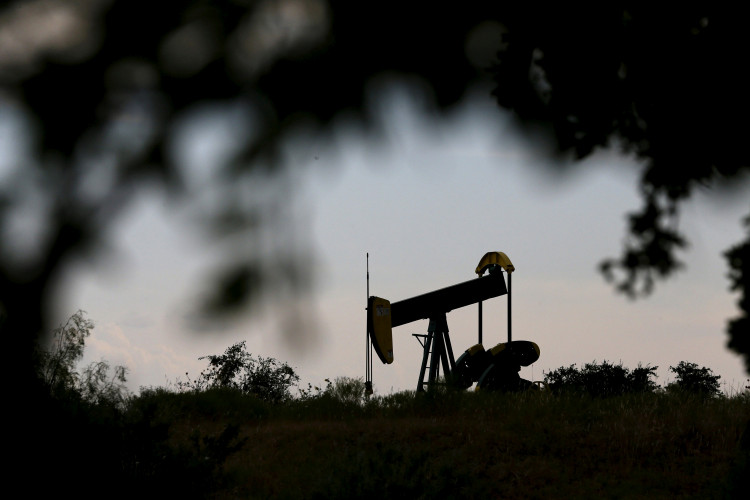Global oil prices dipped on Thursday as the market reacted to the aftermath of Donald Trump's presidential election victory, a strong U.S. dollar, and declining Chinese crude imports. The sell-off began with a steep drop in prices, driven by expectations of renewed geopolitical tensions and the potential for further U.S. sanctions on oil-producing nations, before paring losses by the end of trading on Wednesday.
Brent crude oil futures fell by 63 cents, or 0.8%, to $74.29 per barrel by midday in London. Meanwhile, U.S. West Texas Intermediate (WTI) crude dropped 73 cents, or 1%, to $70.96. Analysts pointed to a mix of downward pressures, including a resurgent dollar making oil more expensive for international buyers and softening demand for crude. "Absent any major geopolitical escalation, the short-term outlook leans toward downside risk in my opinion," said Ole Hansen, an analyst at Saxo Bank.
However, potential supply disruptions remain on the horizon as Trump's presidency could signal a return to heightened sanctions on Iran and Venezuela, which might reduce global oil supply. According to estimates from Energy Aspects, reimposing Trump's "maximum pressure policy" on Iranian oil exports could eliminate as much as 1 million barrels per day (bpd) from the market. Similarly, Venezuelan oil sanctions, briefly eased under the Biden administration but reinstated later, could further constrict supply.
Saxo Bank's Hansen described market sentiment as mixed, with a blend of bearish factors like the strong dollar and lower crude imports in China - which recorded a 9% year-on-year decline in October - offset by bullish risks tied to potential supply disruptions. Meanwhile, U.S. crude inventories posted an increase, contributing to further pressure on prices.
Phil Flynn, a senior analyst at Price Futures Group, explained the delicate balance facing the global energy market if sanctions against Iranian oil are tightened under Trump. "Iran has been exporting roughly 1.7 million barrels a day, and if Trump enforces sanctions on those barrels, it is going to have to be made up somewhere," Flynn noted, pointing out that the Organization of the Petroleum Exporting Countries (OPEC) or increased U.S. production could be called upon to bridge any potential gap.
The U.S. energy sector may see deregulation efforts aimed at bolstering production, which, in the short term, could provide relief to global supply constraints. However, challenges remain in the form of limited refining capacity, as U.S. refining peaked in 2020 and has not fully returned to pre-pandemic levels, despite some increases in 2023 and 2024. "The lack of new leases and inflation makes it harder for U.S. oil and gas to fill that void," Flynn added.
Patrick De Haan, head of petroleum analysis at GasBuddy, expressed optimism that energy prices might stabilize but warned that significant price spikes could occur if geopolitical tensions escalate. "While lower prices may be ahead, I don't believe Trump's promise of cutting energy prices in half is realistic," De Haan wrote. He projected that gas prices could hover around $3 per gallon during the summer months, eventually dropping below $3 by year's end. Currently, the national average for a gallon of regular gasoline stands at $3.12, a decline from $3.42 a year ago.
The energy market's direction may hinge on Trump's next moves regarding international trade and energy policy. "Historically, Trump's policies have been pro-business, which likely supports overall economic growth and increases demand for fuel," said Priyanka Sachdeva, senior market analyst at Phillip Nova. Nonetheless, any perceived interference in the Federal Reserve's monetary policy could further complicate the oil market's outlook.
In the Gulf of Mexico, supply disruptions from Hurricane Rafael have already led to a shutdown of approximately 17% of crude output, equivalent to 304,418 bpd. With winter approaching, any additional supply shocks or policy shifts under Trump's administration could reshape global energy dynamics.






